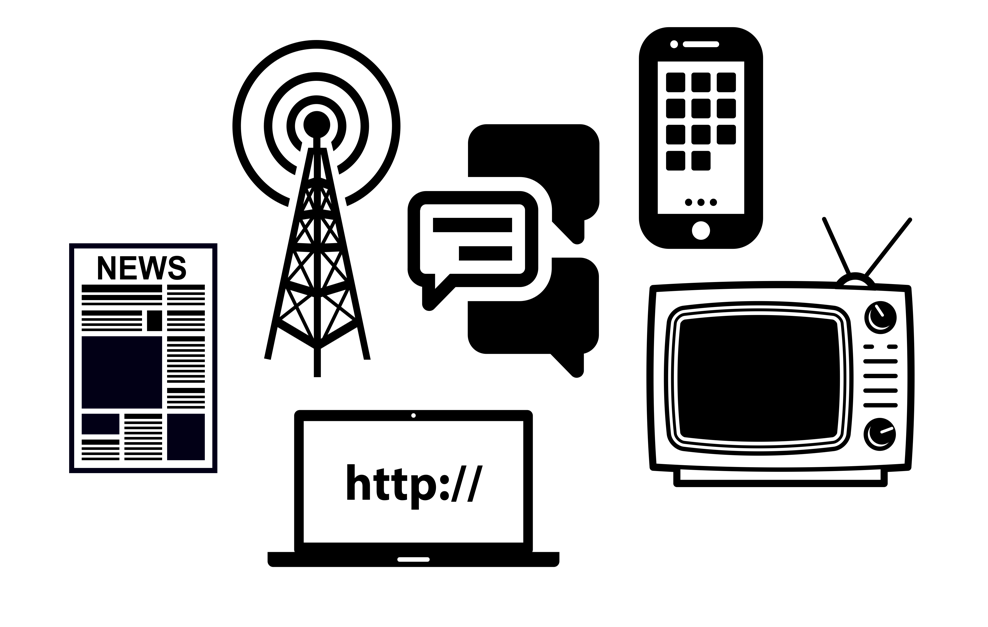For businesses and companies today, having a website is an absolute must as it is an integral part of marketing and brand promotion. Internet usage globally is only growing and currently, almost 58% of the world’s population is online and accessing the internet. This number is significantly higher in North America and Europe, where internet penetration is close to 95% of the population.
This means that any business has many potential customers online, and the best way to engage them is via a website. In this day and age, most customers’ first point of contact with a business is through the business’s website. As such, the website’s loading speed can have a significant impact on a business. Page loading time is an integral part of any website’s user experience. A site that doesn’t load fast or doesn’t load at all will turn away visitors in the short term and lead to an overall decline in business in the long run.
What Causes a Slow Website?
A slow-loading website can be caused by a variety of factors including:
- Images that are sized too large for a page,
- Too much backend code with JavaScript and Flash,
- Underutilization of caching techniques, and
- Over usage of advertising and unclean website code.
The above are just some of the most common reasons. There are many causes of a slow loading website leading to customers leaving your site, and one of them could be related to your website hosting company.
Your web host could be significantly affecting your page load speed. Shared hosting, for example, could, in some cases, result in suboptimal performance, especially if your website traffic is heavy. It, therefore, is imperative to choose good quality hosting, preferably custom-built, which could be expensive. Fortunately, there are lots of options available, including ways to save money. For example, if you don’t have the budget, then instead of going poor hosting annually, you could go for a monthly web hosting. Many web hosts offer discounts for additional services also and you can in some cases save money on domain registration or even advertising based on the package you choose.
What are Some of the Impacts of a Slow Website?
High Bounce Rate
A “bounce” can be referred to as a single-page session on your site. This means that a user only opened a single page on your website and left without viewing any other pages on your site.
The reason why a visitor leaves a page can be tied directly to the site’s performance. According to a 2018 report from Google, when the time taken to load a page moves from one second to greater than five seconds, the possibility of a bounce increases dramatically. A high bounce rate for a business’s website means customers are not interacting fully with your site and are probably moving on to faster sites. This defeats the site’s intended purpose which is to act as a virtual point of contact with potential and existing customers.
A Decline in Search Engine Ranking
When a company publishes its website, it’s for a specific purpose. Primarily, it is used to inform the public about products and services that the businesses provide. However, this information is there as a means of obtaining more business and work for the company. The expectation is that as many people as possible will see the site will interact with it.
However, with the volume of pages and businesses on the internet, it’s only the first few pages that appear on a search engine such as Google that receive visitors. It, therefore, goes without saying that if you need an audience, you need to rank higher on search engines.
Search engines are normally secretive about ranking criteria, but Google made it clear as recently as 2018 that page speed is one of their ranking factors. For a business, having a slow site will result in a lower search engine ranking. This directly leads to a reduced audience and less business, especially when compared to competitors who rank higher on searches. This could be crippling for many small and medium businesses.
Bad User Experience
Users will leave your site if it’s slow. Research has shown that the average attention span has reduced from 12 seconds to 8 seconds in the last decade and even went further to attribute this to a side effect of “evolving to the mobile internet.” Moreover, studies have shown that 40% of customers will leave a page once it takes more than three seconds to load.
Customers attempting to obtain information are simply not interested in waiting and will not sit on a page while it loads. The situation can actually become even worse however, as these users often share their frustrations online through social media. In this way, a slow page has not only impacted the initial user, it has also impacted future potential clients that might eventually purchase a service. In this digital age, most businesses will have numerous competitors online. Customers will find another source for the information or service and will more likely than not visit your competitor’s website.
Conclusion
Creating websites is now easier than ever thanks to website platform builders like WordPress and Joomla, who offer specialized plugins that can easily turn any given site into a professional portfolio for your company. Creating the website is only part of the process though. Having an online presence is harder and an issue as simple as site speed may seem unimportant to most people.
Whatever type of website your business has, if customers have a bad experience, they will leave, and this will affect your business’s baseline. No business can afford to make customer communication difficult.

